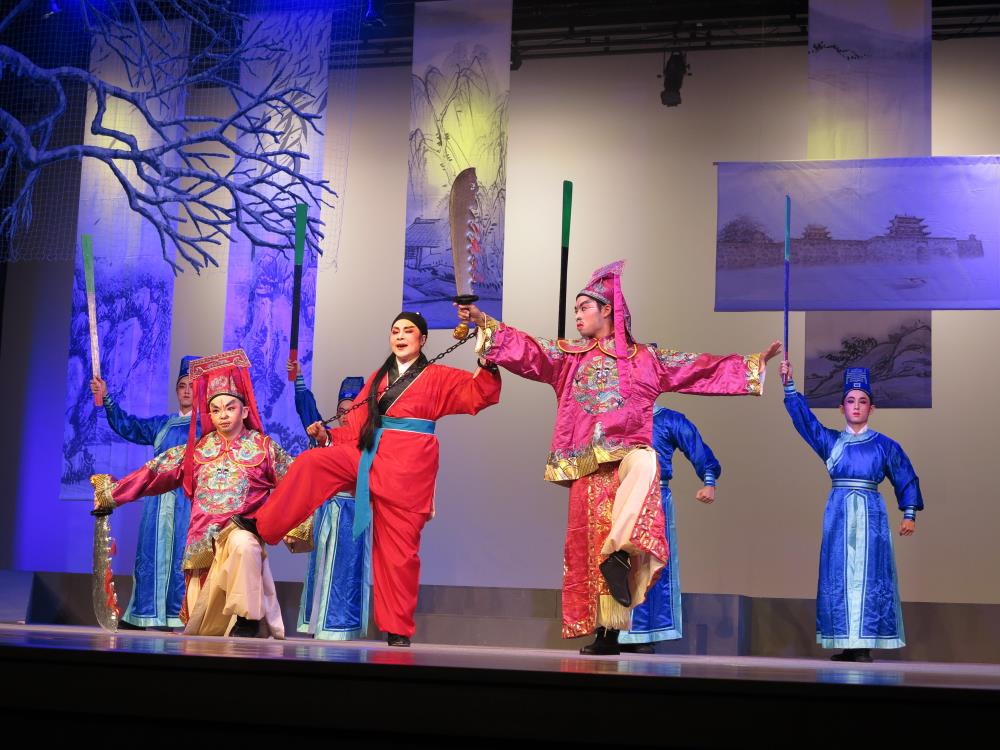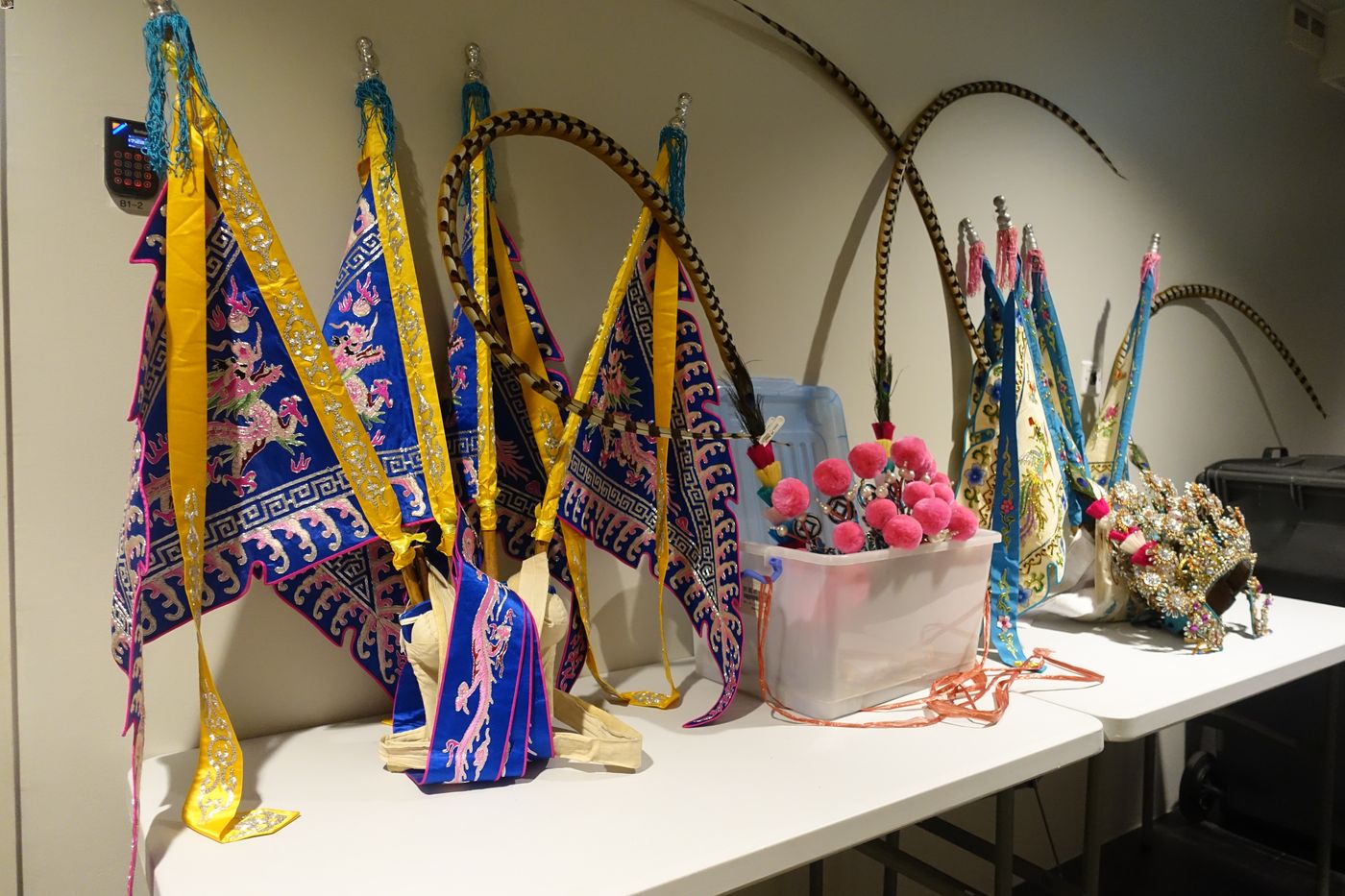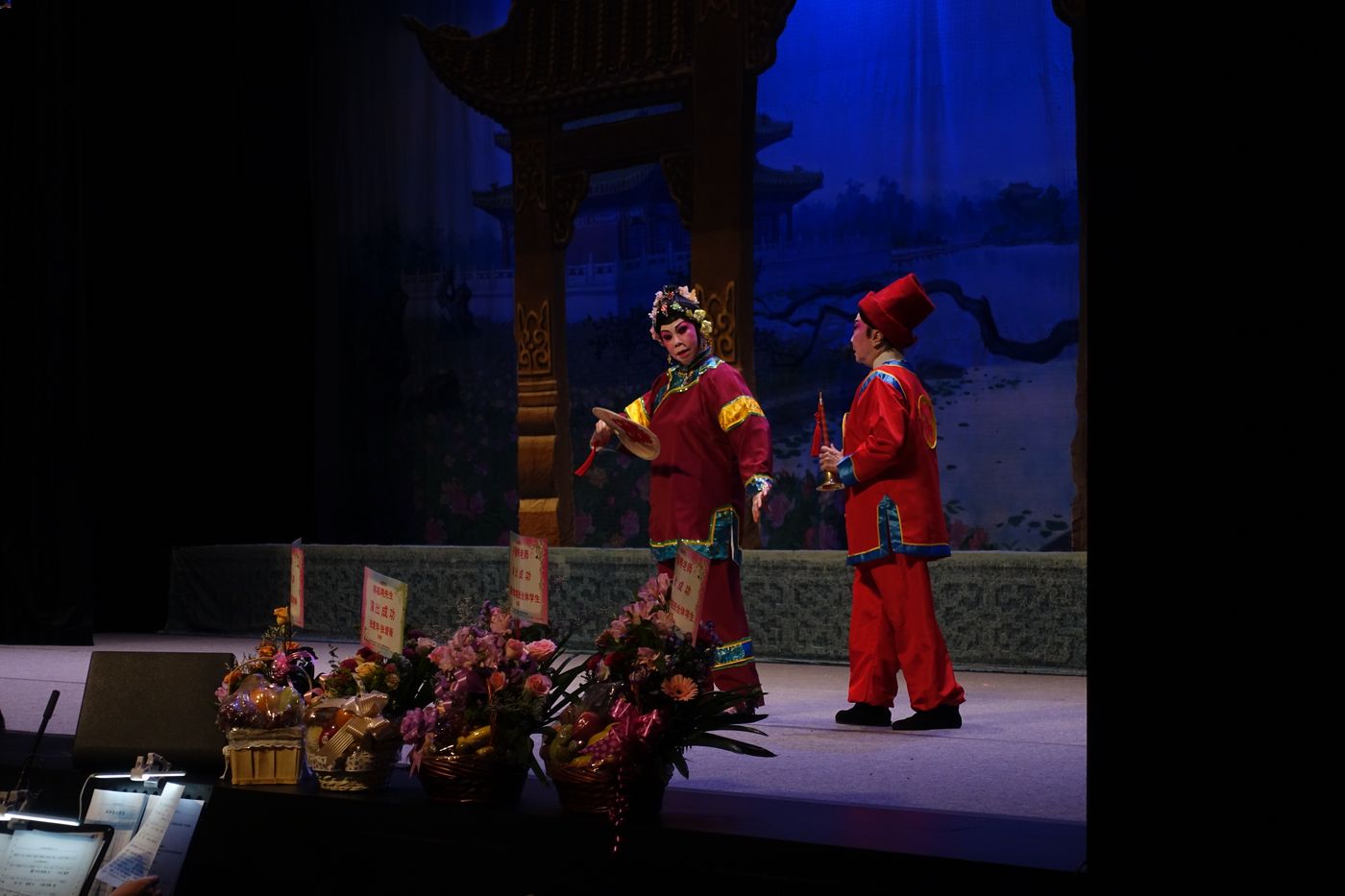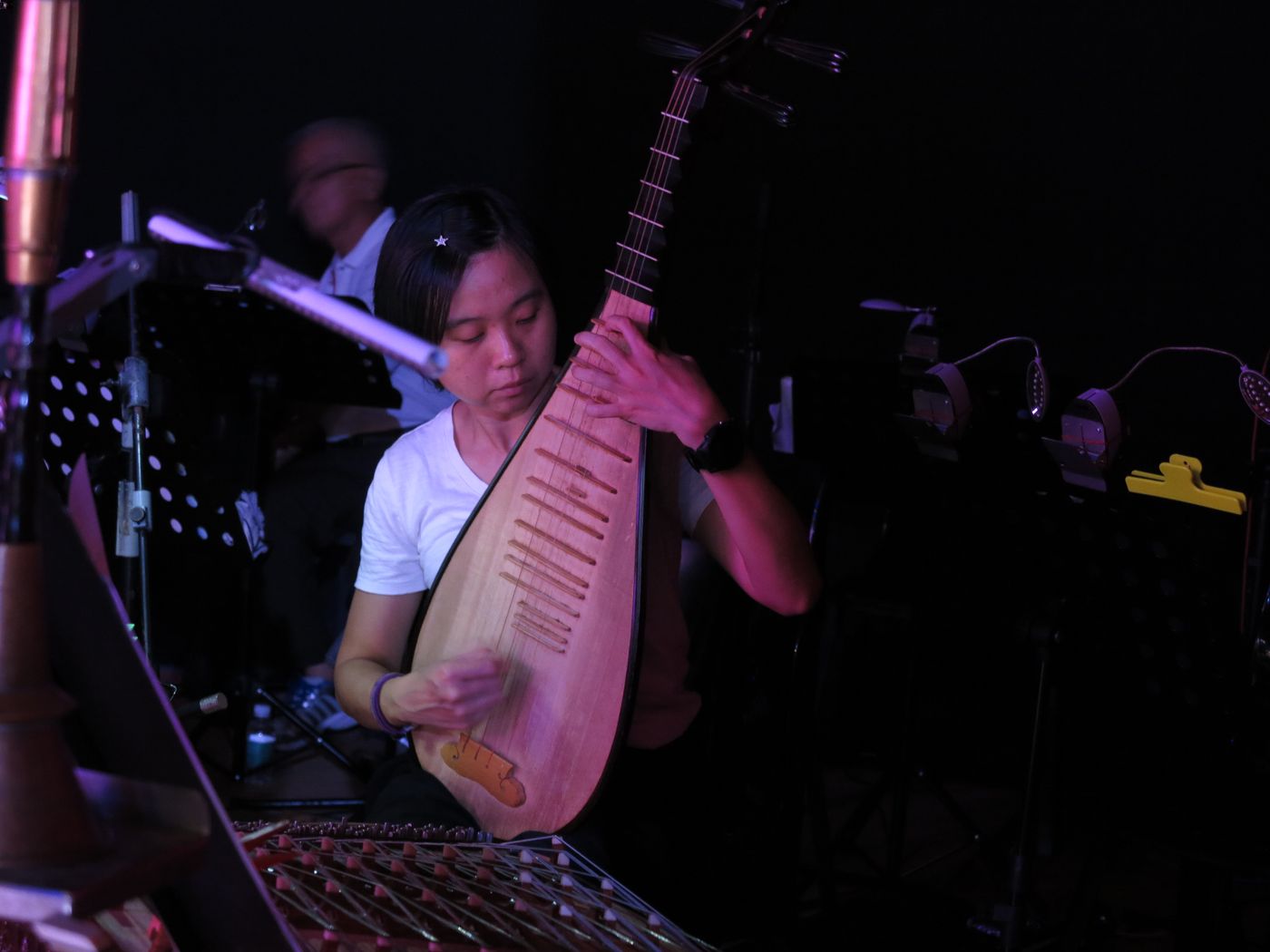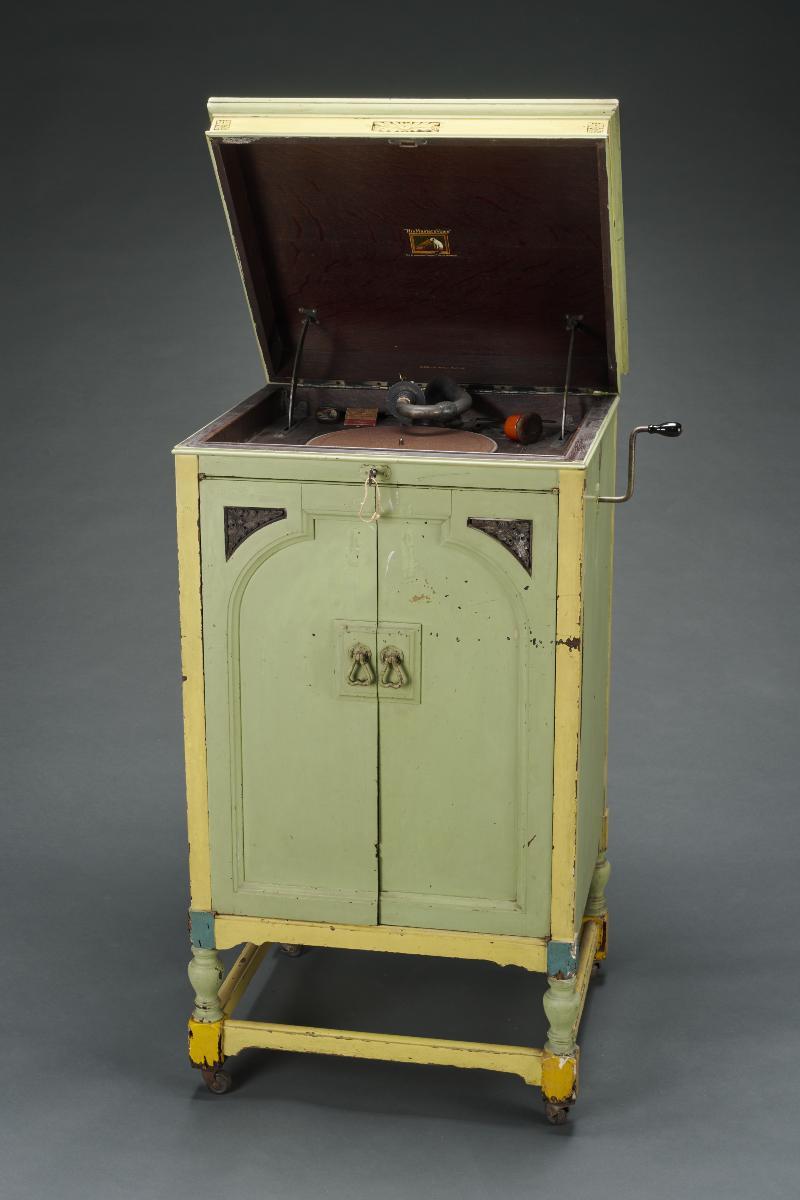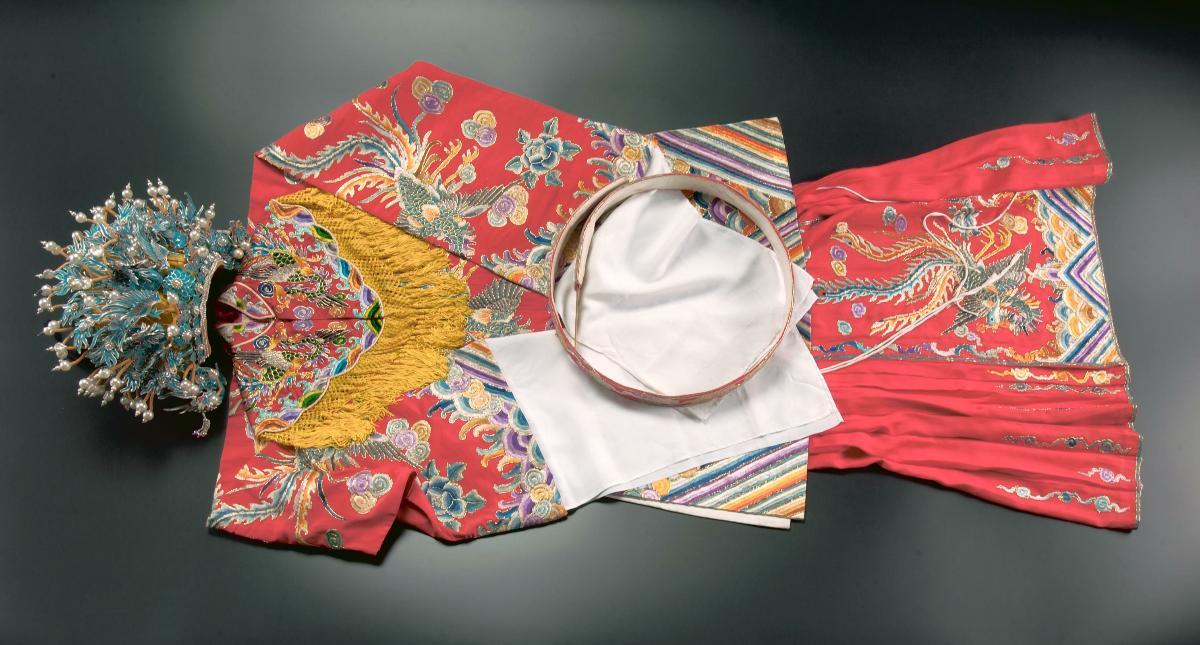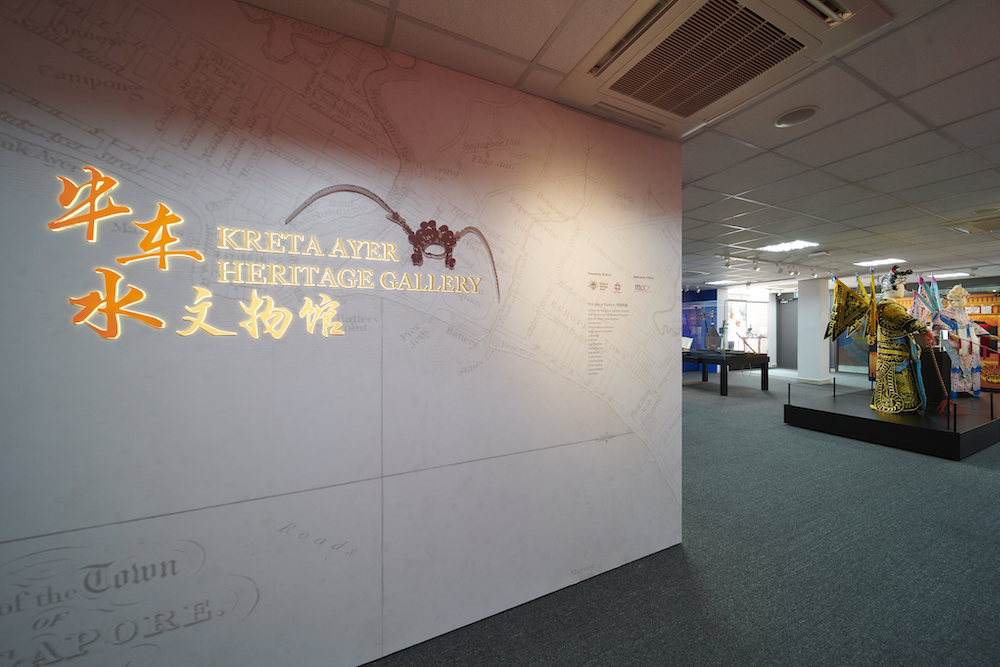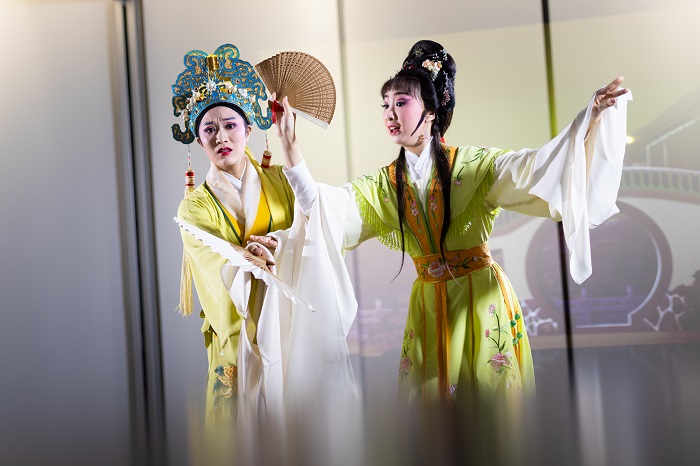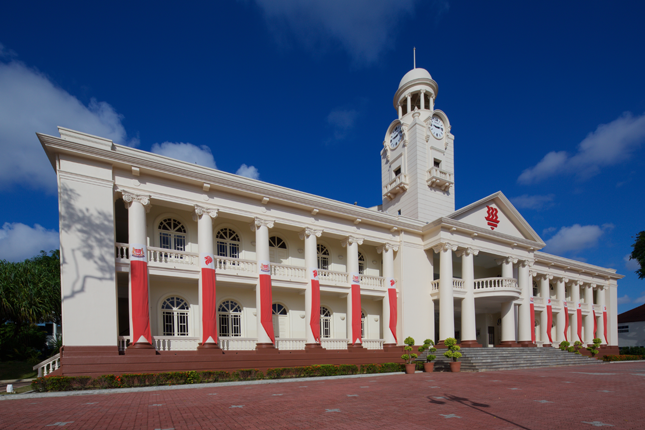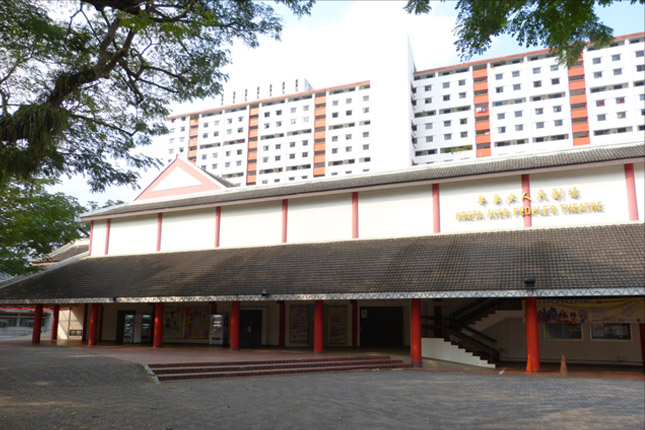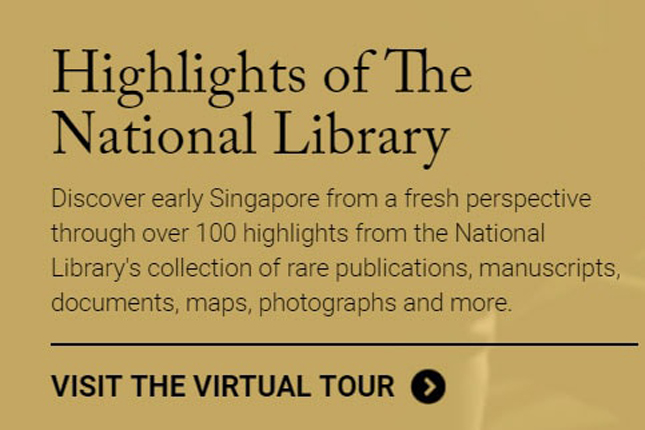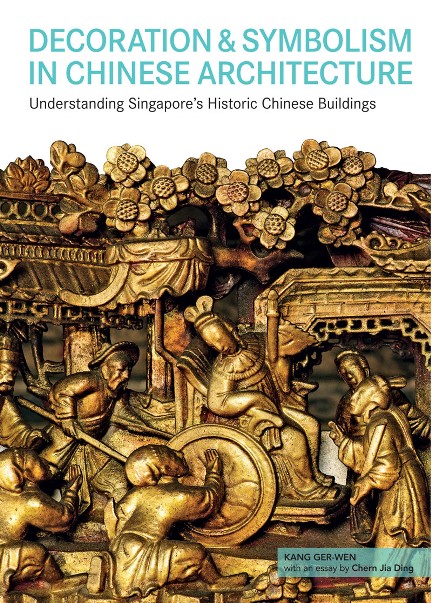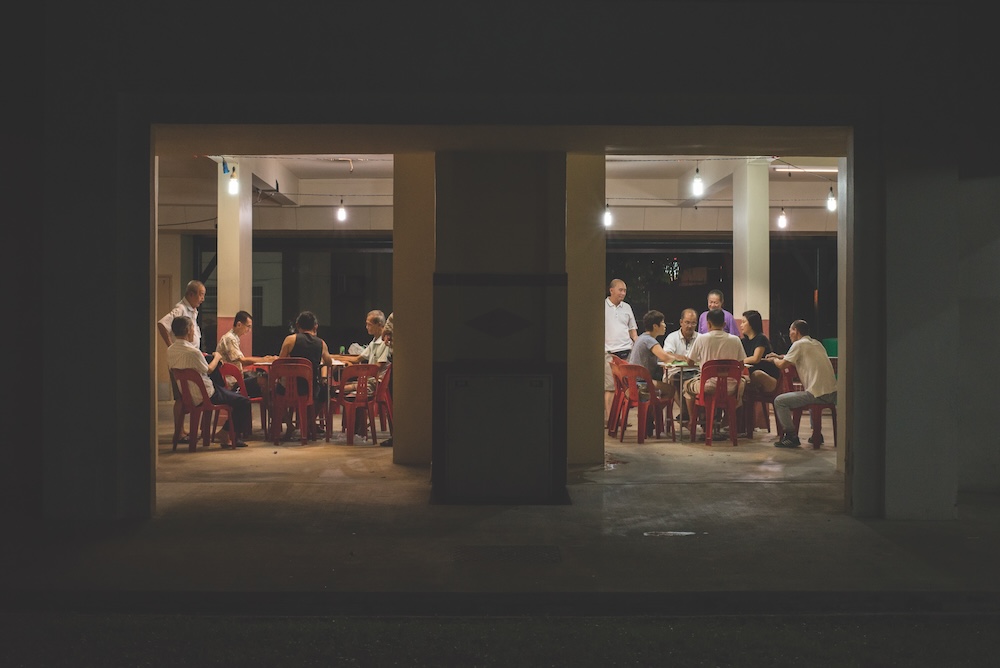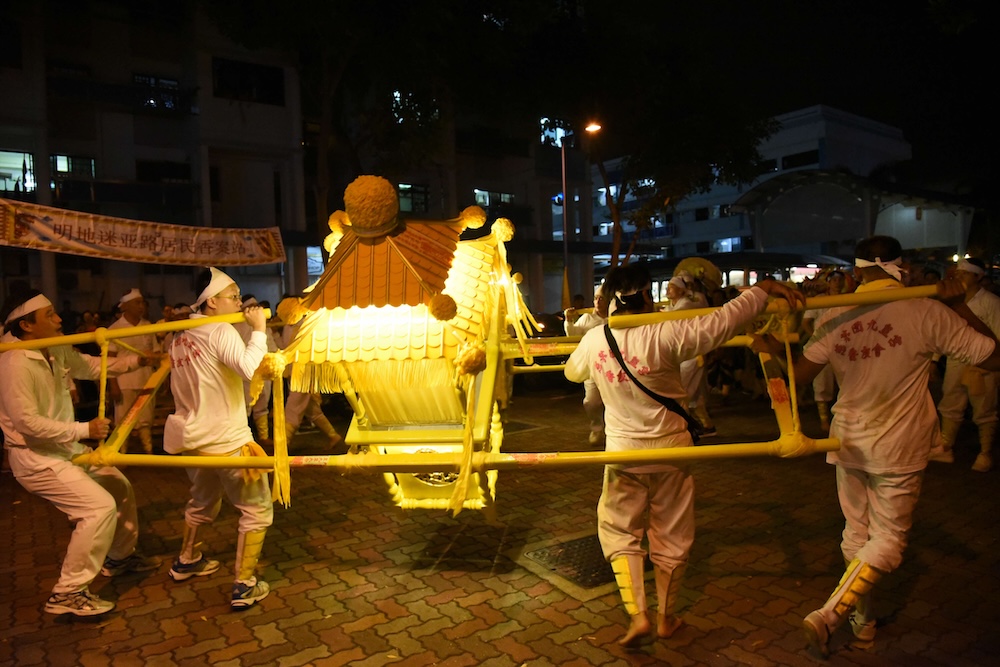Chinese Opera
Chinese opera is a performing art form rooted in Chinese traditions and staged with stylised actions and elaborate costumes. Chinese opera performances were observed in Singapore as early as the 19th century, when Chinese immigrants brought the art form into Singapore. They are typically performed for entertainment, as well as during religious occasions at temples and celebrations at clan associations.
There are various forms of the opera in Singapore and they include Teochew opera, Cantonese opera and Hokkien opera. Although these operas differ across traditions and dialect groups, they share many commonalities. These common elements include the songs and actions performed, as well as certain techniques and stage presentation.
Geographic Location
Chinese opera is present in places with Chinese diaspora. The specific vernacular forms are practised where the respective dialect groups have settled. For example, one can find Cantonese opera in places such as Malaysia, the United States, and Australia, and Teochew opera in countries such as Thailand, Vietnam, and Cambodia.
In Singapore, Chinese opera was once performed on the streets in dialect group enclaves such as Clarke Quay and in theatres such as the Kreta Ayer People’s Theatre. Today, opera groups continue to perform in theatres, in temples during festivals, or as demonstrations and workshops in schools and community centres.
Communities Involved
There are professional, independent Chinese opera troupes as well as those affiliated with Chinese clan associations. There are also amateur troupes, such as those attached to community centres.
Associated Social and Cultural Practices
Teochew opera (chao ju, 潮剧), performed in the Teochew dialect, involves colourful costumes and stylised movements. A distinct feature of Teochew opera is the use of choral accompaniment in the opera music. In Singapore, the Lao Sai Tao Yuan (老赛桃源) Teochew opera troupe is one of the oldest Teochew opera troupe in Singapore, and has been around since the early 19th century. Nam Hwa Opera (南华潮剧社), which was founded in 1963, also actively promotes Teochew opera as part of Singapore’s heritage.
Cantonese opera (yue ju, 粵剧), performed in the Cantonese dialect, features an amalgamation of traditional vocal, string and percussion music. Besides songs and dramas, Cantonese opera usually includes simulated fighting and acrobatics that are based on stories drawn from Chinese folklore, history or literature. Established in 1981, the Chinese Theatre Circle is an example of a Cantonese opera group in Singapore.
Hokkien opera, also known as min ju (闽剧), is performed in the Hokkien dialect and is commonly described as having a “crying” melody. Its performances are usually based on folk tales of the Fujian (福建) province in China.
There are some elements common to the different forms of Chinese opera, such as the use of colourful costumes and stylised movements. Performers must be adept in the basic skills of chang (singing), nian (reciting), zuo (acting), and da (martial arts). Productions staged at religious festivals tend to open with an auspicious performance.
While these forms of Chinese opera are not exclusive to Singapore, original scripts or adaptations mean that many performances are distinct to Singapore. Such productions can draw on stories from cultures in the region, as for example the Teochew adaptation of the Sanskrit epic Ramayana that is part of Indian, Indonesian, and Thai heritage. This was done by Dr Chua Soo Pong, founding director of the Chinese Opera Institute (新加坡戏曲学院). Dr Chua was also involved in other forms of experimentation, such as adapting the fairy tale Mouse Marrying off the Daughter (老鼠嫁女) for Teochew opera. Similarly, the group Chinese Theatre Circle is known for staging Cantonese opera in English and experimenting with the use of the Malay language.
Experience of Practitioners
Ms Lim Soo Hiang is the deputy head of Thau Yong Amateur Musical Association. Teochew opera was a big part of Ms Lim’s childhood, including the street performances she observed as well as the broadcasts over the Rediffusion radio service from where she picked up singing. She went on to join Thau Yong, from where she received a year of training, and subsequently performed at the former National Theatre, and even overseas.
In contrast to the decline in standards and participation of professional Teochew opera troupes, Ms Lim observed that “amateur groups have improved and pay close attention to staging”. To Ms Lim, it is the Teochew language used in opera that is most significant. “If these things are gone… you would lose something very beautiful.” At the same time, however, she observes that even as Singaporean performances of Teochew opera continue to be refined and improved, audience numbers have fallen.
Likewise, Mr Aw Yeong Peng Mun, director of Cantonese opera at Kong Chow Wui Koon, grew up listening to Cantonese opera broadcast over Rediffusion, alongside live performances in Kreta Ayer and Pasir Panjang. His close involvement with the Chinese Theatre Circle, beginning immediately after National Service, also gave him numerous opportunities to learn from leading figures in Cantonese opera.
The Cantonese opera community, according to Mr Aw, continues to be vibrant: it enjoys the influences of modern Guangdong and the more conservative Hong Kong. Cantonese opera is also performed almost every month, more frequently than other types of Chinese opera here. However, he hopes that more young learners will pick up the craft, so that the culture can continue.
Present Status
Practitioners such as Ms Lim and Mr Aw continue to actively perform Chinese Opera in Singapore. Nevertheless, they face various challenges in their trade. Young people today are not as conversant in Hokkien, Teochew, Cantonese, and Hainanese, as their elders were. With many modern interests vying for their time, they are also less keen on watching or practising Chinese opera.
However, local opera groups continue to reach out to children through education programmes. Some have included English and Chinese surtitles during performances to attract a wider audience.
Many types of Chinese opera today have also shown improvement in terms of technique and content. Cross-cultural participation seems to be increasing as well. In 2018, the Chinese Theatre Circle featured a young Indian performer in its annual Singapore Cantonese Opera Festival. Non-Chinese acrobats have also been featured at opening performances of street opera for the Earth Deity festival.
Chinese opera, a remarkably diverse performing art and cultural activity, continues to adapt and evolve in Singapore.
References
Reference No.: ICH-006
Date of Inclusion: April 2018; Updated March 2019
References
Ang, Yik Han. A Kampong and Its Temple: Change and Tradition in Kampong Sar Kong and the Mun San Fook Tuck Chee. Singapore: Mun San Fook Tuck Chee, 2016.Cai, Bixia. 狮城潮剧情 (Singapore’s Passion for Teochew Opera. Singapore: Chinese Opera Institute, 2003.
Chen Sing-nan. “新加坡潮劇百年回顧:小本經營的命運 (Hundred Years of Teochew Opera in Singapore in Retrospect: The Fate of Small-capital Operations)”, Taiwan Southeast Asia Culture, Literature and Social Change, 2005. https://www.sginsight.com/xjp/index.php?id=1237. Accessed 14 October 2017.
Chen Xuexi.潮剧潮乐在海外的流播与影响 (The Spread and Influence of Teochew Opera and Teochew Music Overseas). Beijing: Zhongguo xiju chubanshe, 2010.
Chen, Hanxing.潮剧与潮乐 (Chaozhou Opera and Chaozhou Music). Guangzhou: Jinan daxue chubanshe, 2011.
Dean, Kenneth and Hue Guan Thye. Chinese Epigraphy in Singapore 1819-1911. Singapore: NUS Press; Guilin: Guangxi Normal University, 2017.
Huang, Jingming. “The Evolution in Vocal Music and Melodies of Cantonese Music, and Features of Southern Chinese Culture”. In Liu Jingzhi and Xian Yuyi (eds), Papers and Proceedings of the International Seminar on Cantonese Opera 粤剧研讨会论文集 (Studies of Ethnomusicology, No. 4). Hong Kong: Hong Kong University Centre of Asian Studies; Joint Publishing, 1995.
Lee Tong Soon. Chinese Street Opera in Singapore. Urbana: University of Illinois Press, 2009.
Liu Jingzhi and Xian Yuyi (eds.). Papers and Proceedings of the International Seminar on Cantonese Opera (Studies of Ethnomusicology, No. 4). Hong Kong: Joint Publishing, 1995.
Su, Zhangkai. 潮声留影——新加坡潮州戏曲回忆簿 (Pictorial History of Teochew Opera in Singapore). Singapore: Nam Hwa Opera Limited, 2016.
Wang, Bing. “新加坡华族戏曲研究述评 (A Commentary on Chinese Drama Research in Singaporean Academia)”, Minzu Yishu 1, 2014, http://www.sinologystudy.com/news.Asp?id=333&fenlei=7. Accessed 15 October 2017.
Wang, Lusheng. Yueju Shihua (A Brief History of the Cantonese Opera). Beijing: Social Sciences Academic Press, 2015.
Wong, Joanna and Ou, Rubo. Hongqu Shushang Zhi Budaoweng: Hu Guixin (Joanna Wong: An Indomitable life, An Operatic Legacy). Singapore: Dunhuang Jufang; Xinjiapo Xinnian Shuju, 2013.
Xu, Yongshun. Xinjiapo Yueju Lishi Pian (On History of Cantonese Opera in Singapore). Singapore: Xu Yongshun gongzuo ting, 2006.
Yi, Yan. Liyuan Shiji: Xinjiapo Huazu Difang Xiqu zhi Lu (History of Chinese Opera in Singapore). Singapore: Chinese Opera Institute, 2015.




